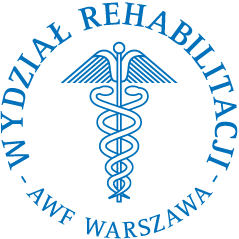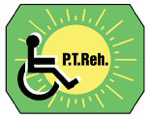


|
Current issue
Archive
Manuscripts accepted
About the journal
Editorial board
Reviewers
Abstracting and indexing
Contact
Instructions for authors
Publication charge
Ethical standards and procedures
Editorial System
Submit your Manuscript
|
4/2018
vol. 32 abstract:
Original paper
Does vestibular input affect body posture alterations?
Natalia Skowron
1
,
Roksana Malak
2
,
Magdalena Roszak
3
,
Monika Matecka
4
,
Włodzimierz Szamborski
2
Advances in Rehabilitation/Postępy Rehabilitacji (4), 37 – 44, 2018
Online publish date: 2019/03/20
View
full text
Get citation
ENW EndNote
BIB JabRef, Mendeley
RIS Papers, Reference Manager, RefWorks, Zotero
AMA
APA
Chicago
Harvard
MLA
Vancouver
Background
The control of body posture is based on the integration of polisensoric stimuli and conscious body image. Previous studies on the influence of vestibular functioning on postural disturbances have been inconclusive. The purpose of this paper was to investigate the effect of vestibular input on the body posture. Material and methods We examined 65 healthy children (40 girls, 25 boys) at school age 7-12 years. Children were assessed using Kasperczyk Visual-point Method and Southern California Postrotary Nystagmus Test. Statistical analysis was carried out using Statistica software. Mann-Whitney U test and Spearman test were used to determine dependency between quantitative and qualitative characteristics. A p<0.05 was considered statistically significant. Results The greatest number of postural deviations was observed in the setting of the head (100%) and shoulders (72%). The median Southern California Postrotary Nystagmus Test score corresponded to the published standards. There was a significant association between lumbar hyperlordosis and the results of postrotatory nystagmus following rotation to the right (p=0.033). Conclusions The fact that there was a significant association between an increased lumbar lordosis and postrotary nystagmus might indicate that the assessment and treatment of postural abnormalities should consider vestibular system examination. This study confirmed that a slight imbalance in the activity of vestibular might lead to postural disturbances. keywords:
children, Posture, Postrotary Nystagmus, vestibular input |
    |